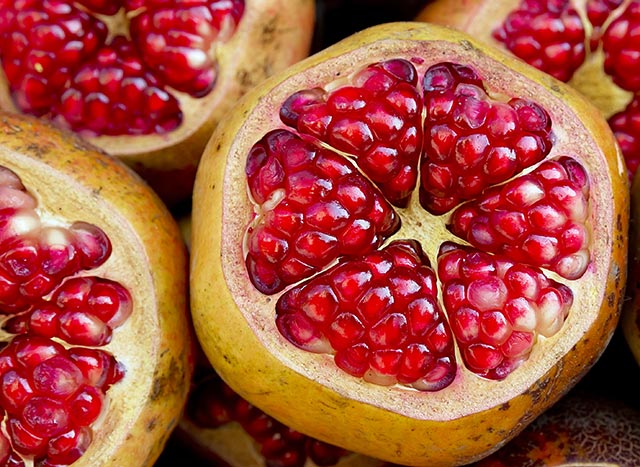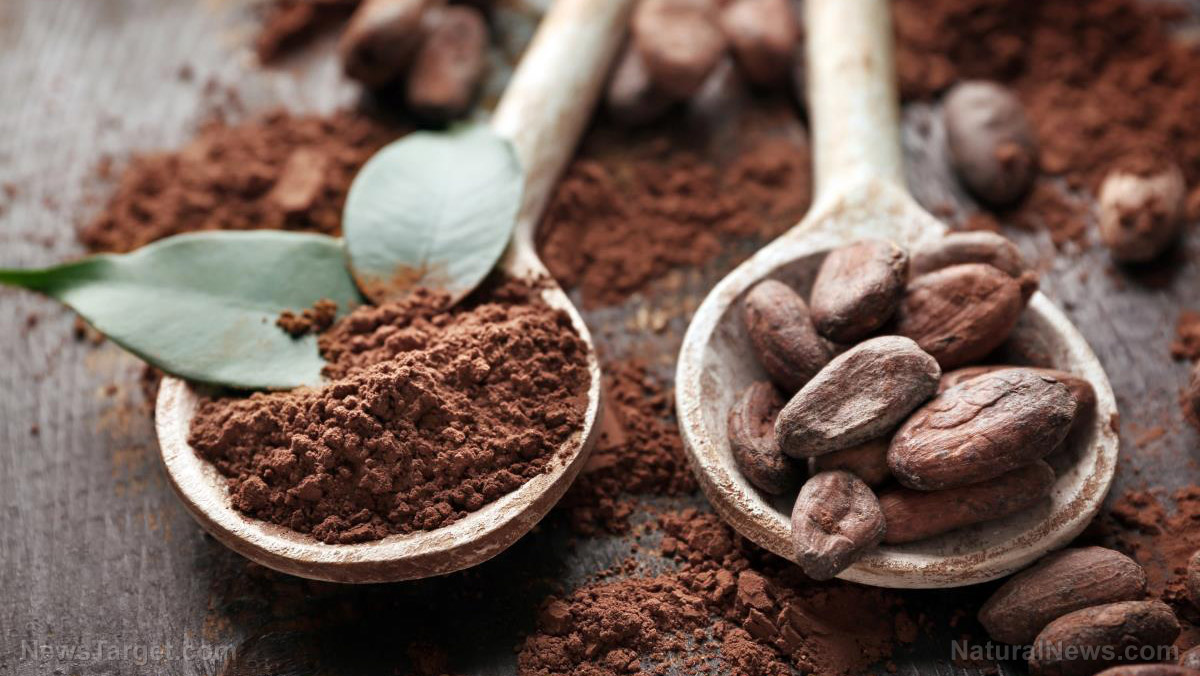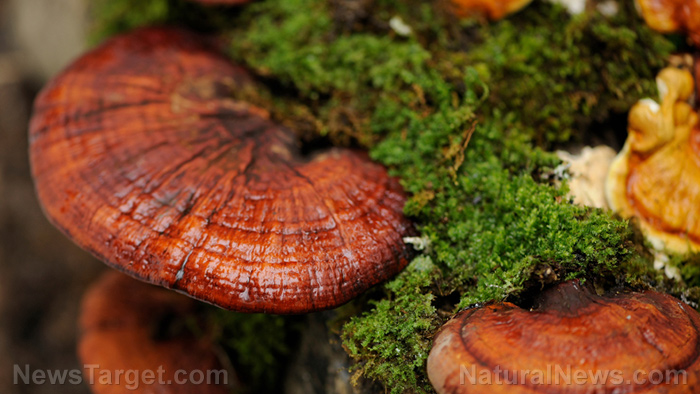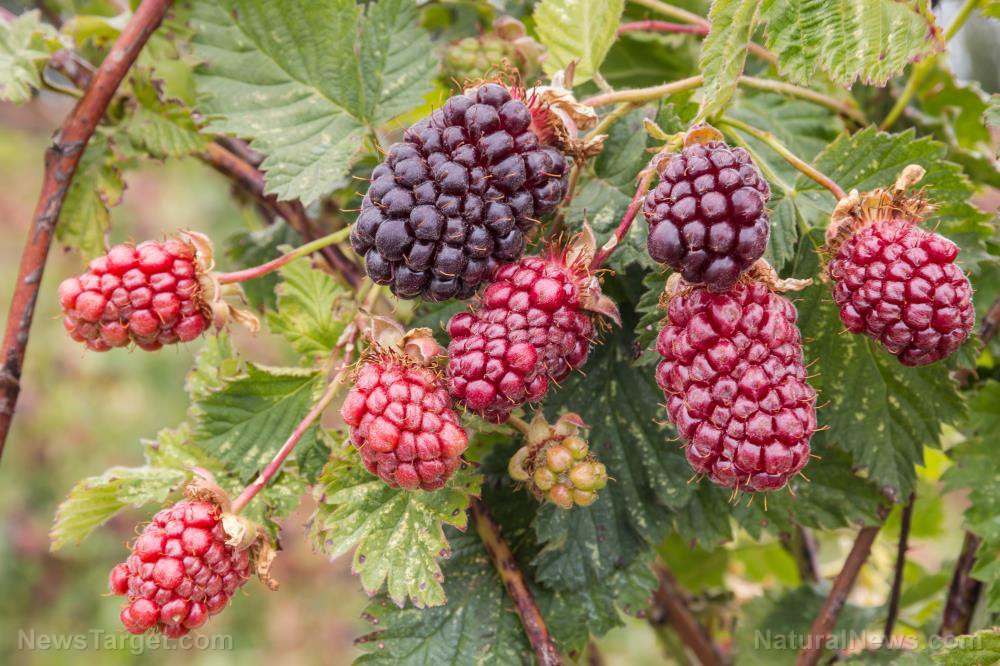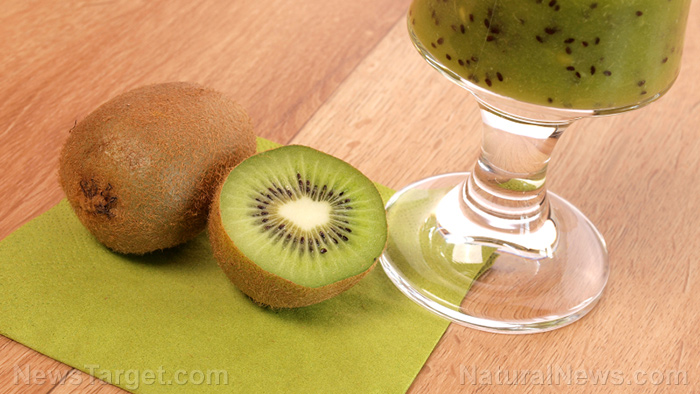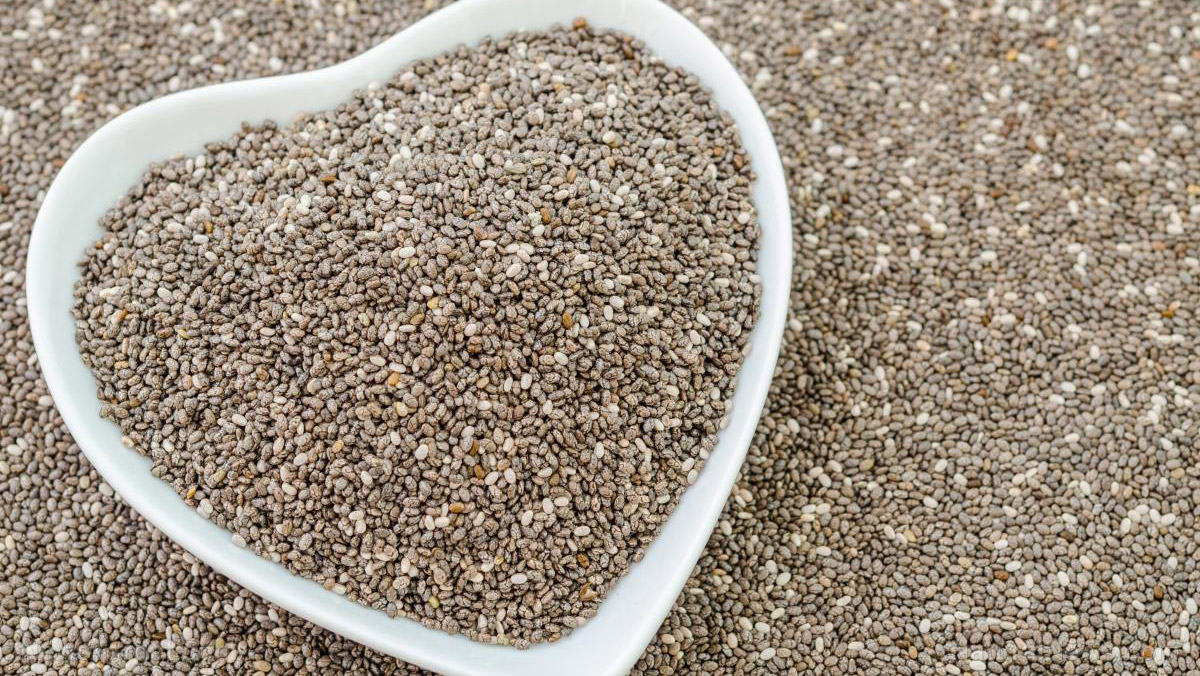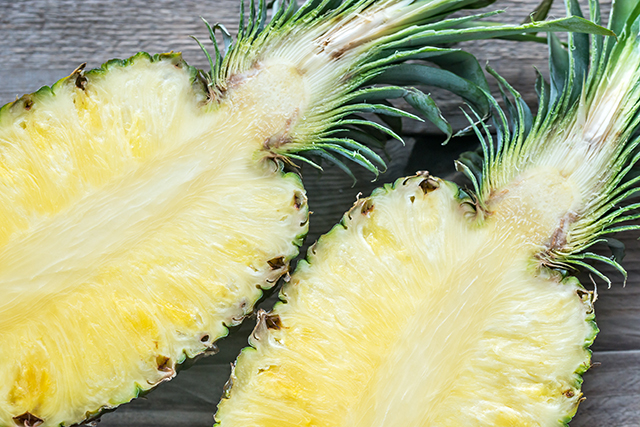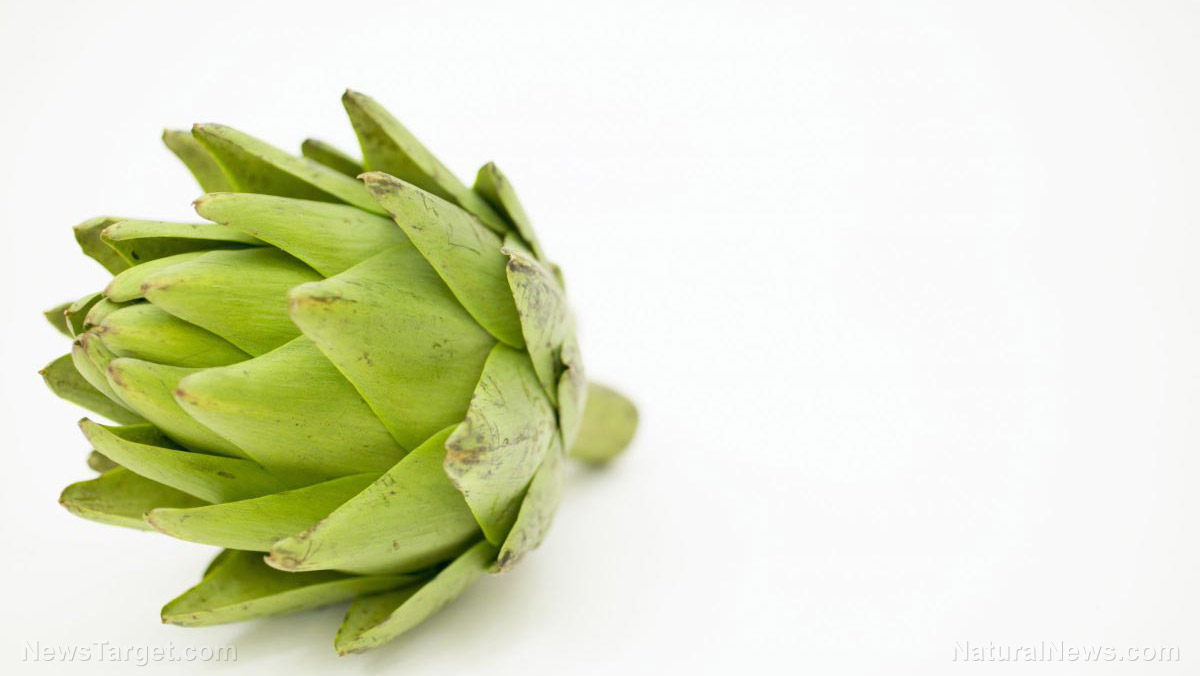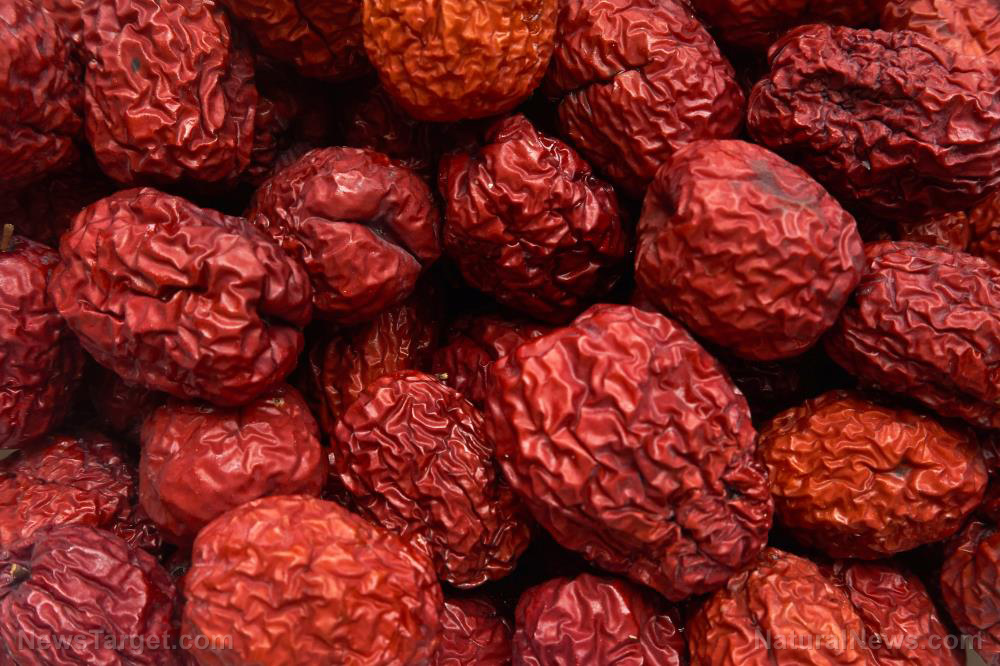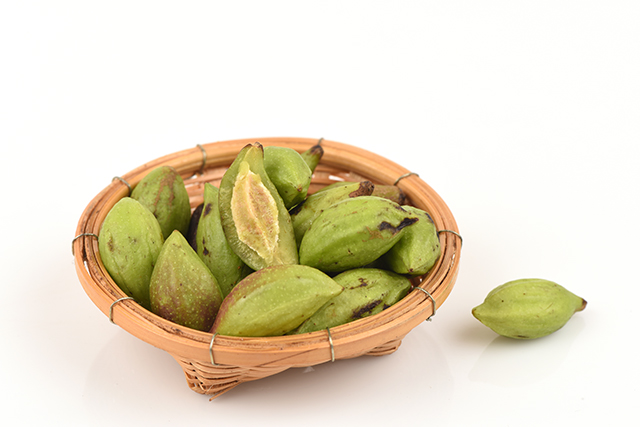Capers have been used in food and medicine for thousands of years
05/30/2018 / By Michelle Simmons
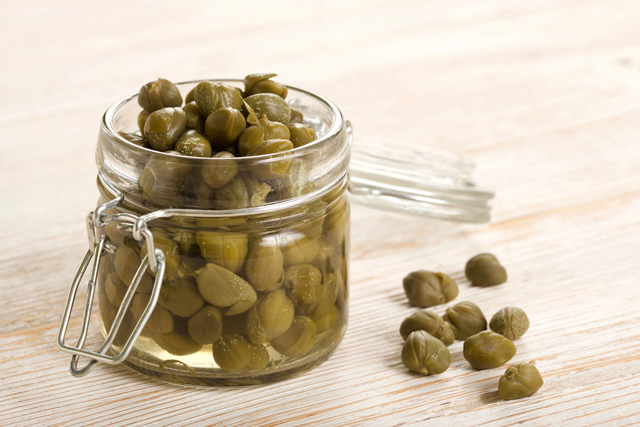
The caper (Capparis spinosa) bush is characterized by its small, salt-tolerant shrub with trailing, thorny branches and thick, fleshy leaves. It is a deep root plant that has trailing vines growing between seven and 10 feet tall. It has semi-prostate branches and oval-shaped, petiolate leaves placed opposite of each other. Its flowers are either pink or white with three petals and many stamens. It is best known for its flower buds, which have a life span of 24 to 36 hours after opening. Caper plants that are aged for two to three years produce around two pounds of buds each year, while those that are more than four years old may produce 20 pounds of buds yearly.
The unopened flower buds of the caper bush are sold in the market as capers. Capers are not only used in the kitchen, but also in cosmetics and medicines. The tender and edible shoots of capers, which emerge in the spring, are considered a vegetable. Meanwhile, its processed flower buds are considered an herb in the kitchen. Capers are used as a condiment in salads and sauces, or with meat or fish.
Moreover, the flower buds of the plant are harvested between mid-May and mid-August. The immature flower buds, when pickled in vinegar or brine, form capric acid which provides the caper’s unique, salty-sour flavor. When the flower blooms are pollinated, it bears a fruit that is two to three inches in length and one-half to three-fourth of an inch in diameter. The fruit, when unripe, is green in color, but will eventually turn violet as it matures. Although the fruit, which contains 200 to 300 seeds, is also harvested, it is not commonly used.
Today, capers are grown in northern Africa, Spain, and Italy for commercial purposes. In Cyprus, Greece, and Turkey, the plant is grown only for domestic use and not for export. Meanwhile, the U.S. imports over $20 million of processed capers every year.
Capers in food and medicine
Capers, according to archaeological evidence, was used as a food and medicine in various ancient culture. The earliest record of caper consumption was discovered in the Mesolithic soil layer of an excavation site in Syria, which potentially dates back to 9,000 BCE. Based on mineralized seeds found in a Stone Age cave in the Greek Peloponnesian peninsula called the Franchthi cave, nearby ancient people may have been using capers in 7,500 BCE. Moreover, dried caper seeds found in the Nahal Hemar cave in Israel indicate that the plant may have been used in 6,000 BCE. Fresh clumps of capers and plant parts that are around 3,000 years old were found preserved in entombed containers in China. Evidence of Egyptian consumption of capers from 275 BCE to 600 CE were also found.
The different parts of the caper plant was used in various cultures for traditional remedies as a cleanser, pain reliever, anti-inflammatory, topical treatment for skin conditions, and expectorant in wet cough and asthma treatment. Today, the plant is still used to treat different ailments, ranging from toothaches to paralysis.
Capers contain many nutrients, providing many health benefits:
- Capers are rich in fiber, which helps fill the stomach, soften stools, and prevent constipation. Fiber also aid in disease prevention, such as cardiovascular disease.
- Vitamin K is also found in capers. The vitamin is essential for bone growth promotion and plays a role in blood coagulation. It also helps in cell growth and in the development of cartilage and nervous system.
- Capers are also a good source of iron, which helps in the transportation of oxygen throughout the body. Adequate amounts of iron in the body also helps the cells generate energy. Iron helps in cell growth and development as well. (Related: Antioxidant-Rich Capers Could Protect Consumers from Cancer Effects of Meat Consumption)
Read more news stories and studies on natural medicines by going to NaturalMedicine.news.
Sources include:
Tagged Under:


